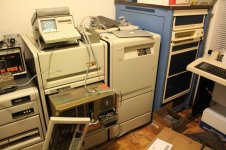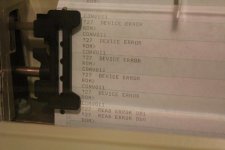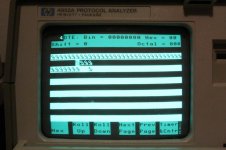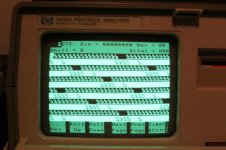NF6X
Veteran Member
If you have a real TU58 drive usable with the 11/730 it would be interesting to attach that and view the interaction with an RS232 protocol analyzer.
I have tried booting my 11/730 from console tapes I received with it after rebuilding the capstan rollers. I wasn't able to get error-free reads of any of the tapes, and I worry that I might have made things much worse by trying to use the tapes without any baking or similar rejuvenation. So, I don't plan to spin those tapes again until I put together something to try to "gently" image them.
If I can identify a TU58 tape that A) is known good and B) contains nothing irreplaceable, then I could use it to watch my 11/730 interacting with its tape drive. I suppose the tape doesn't even need to contain anything that makes sense to the 11/730, as long as I can watch the machine successfully read a block before getting confused by what it read.





